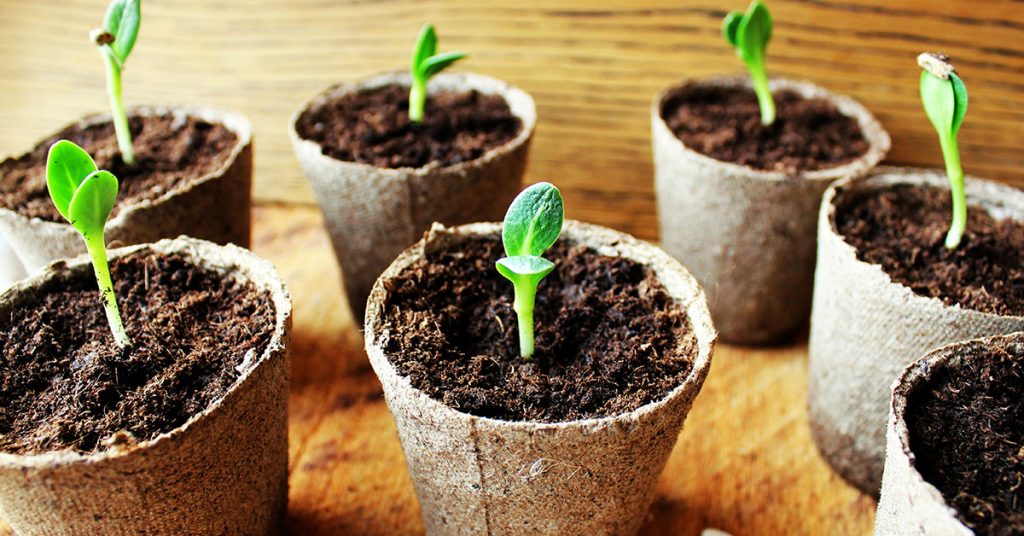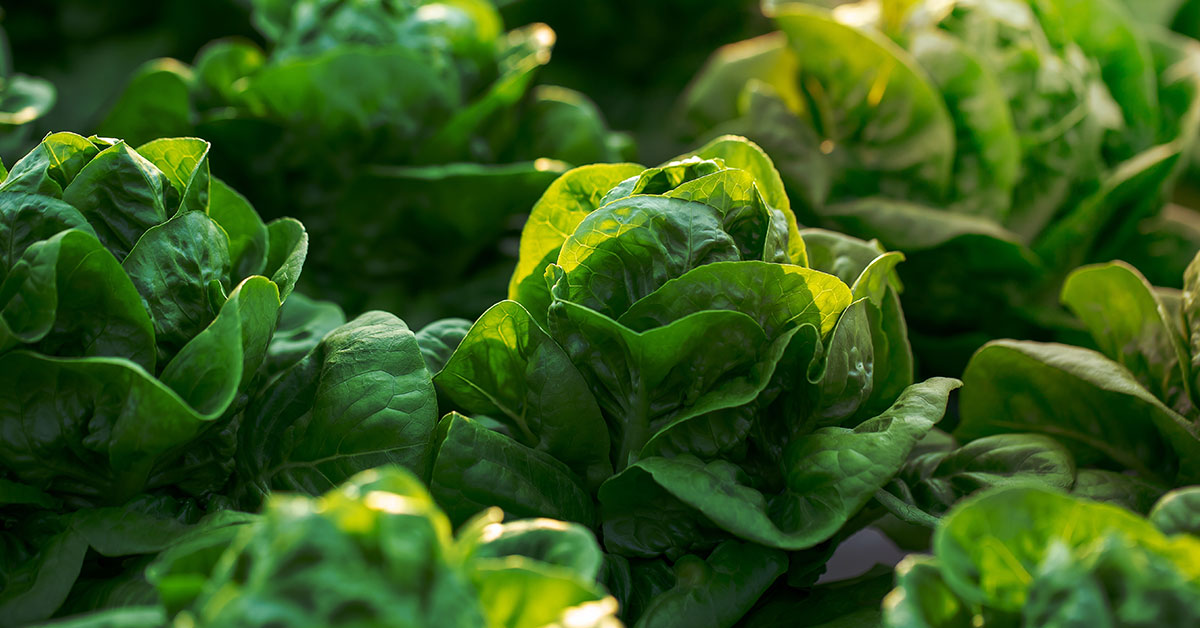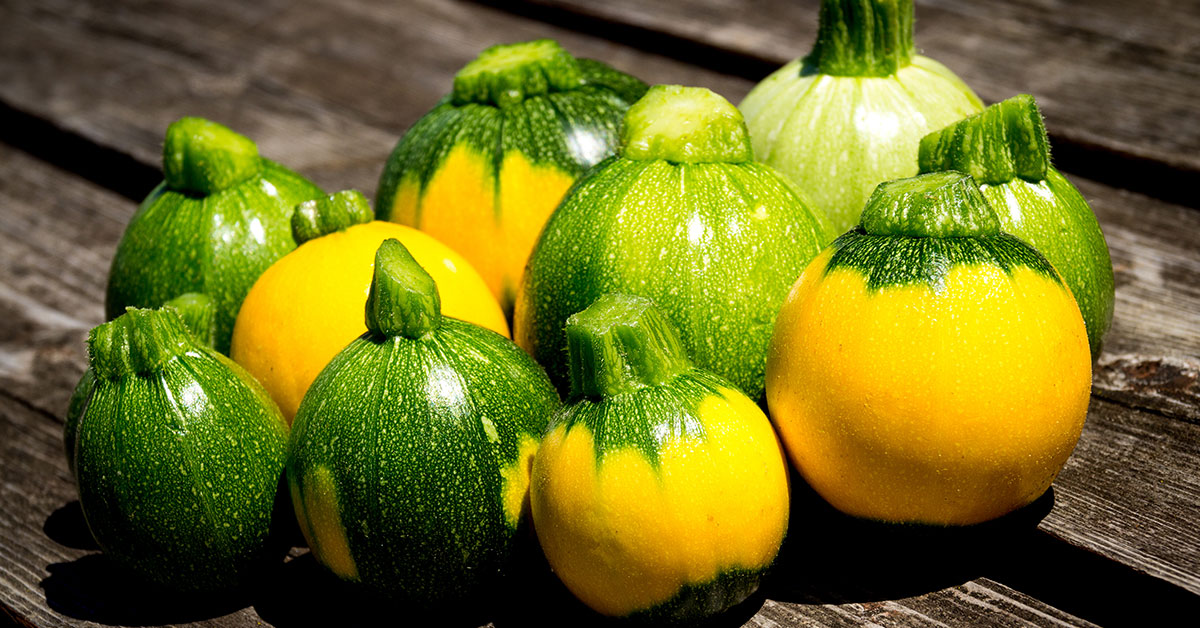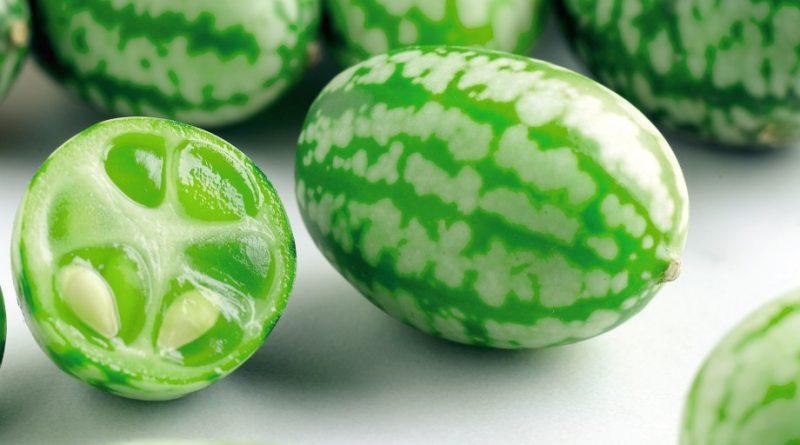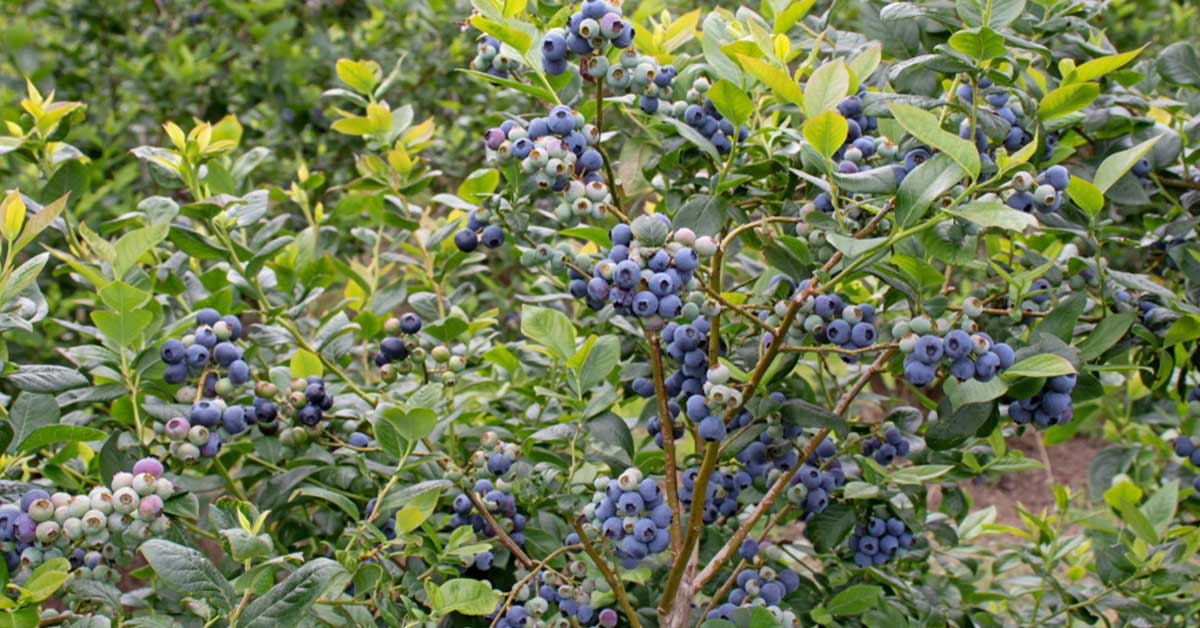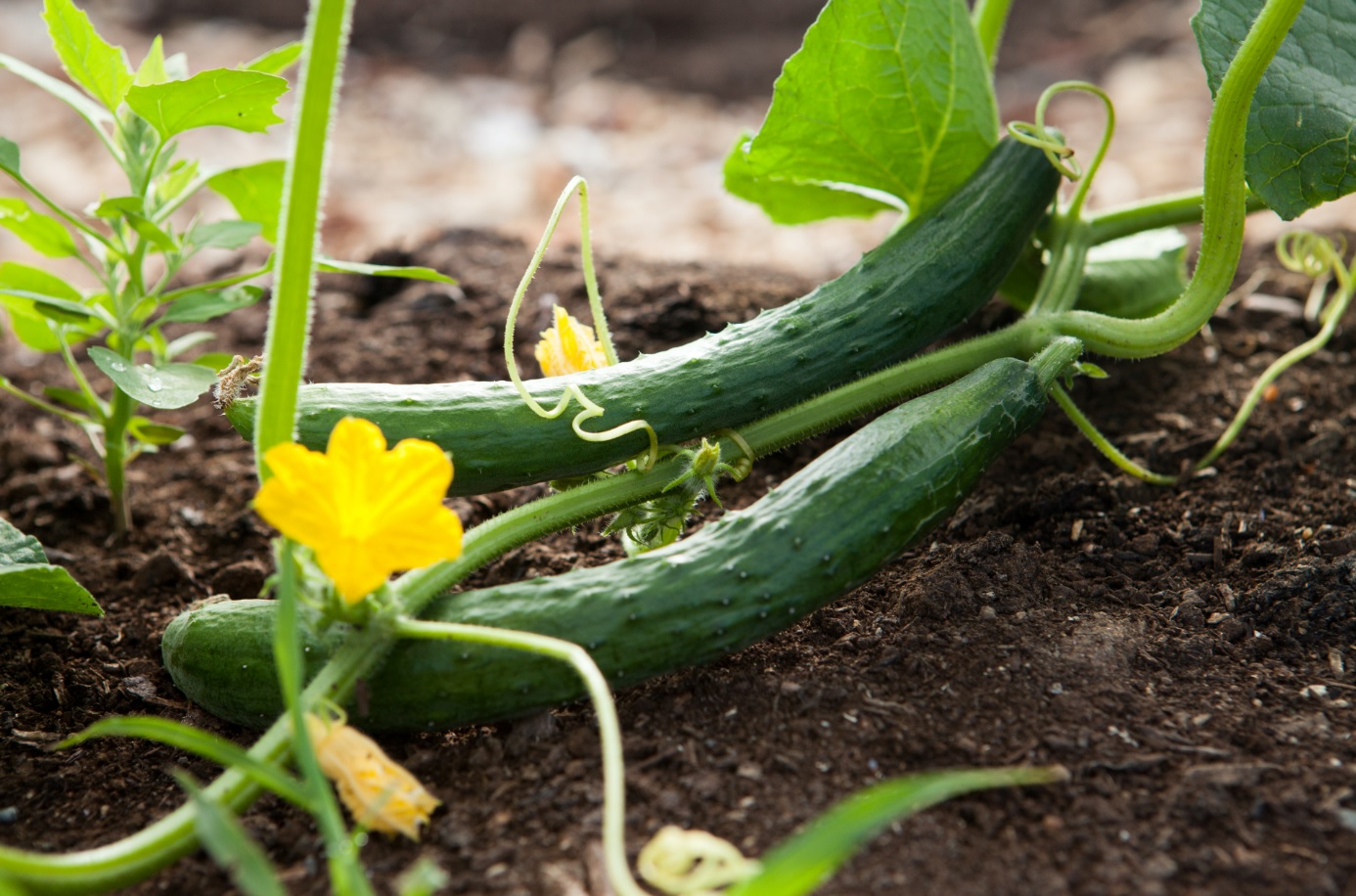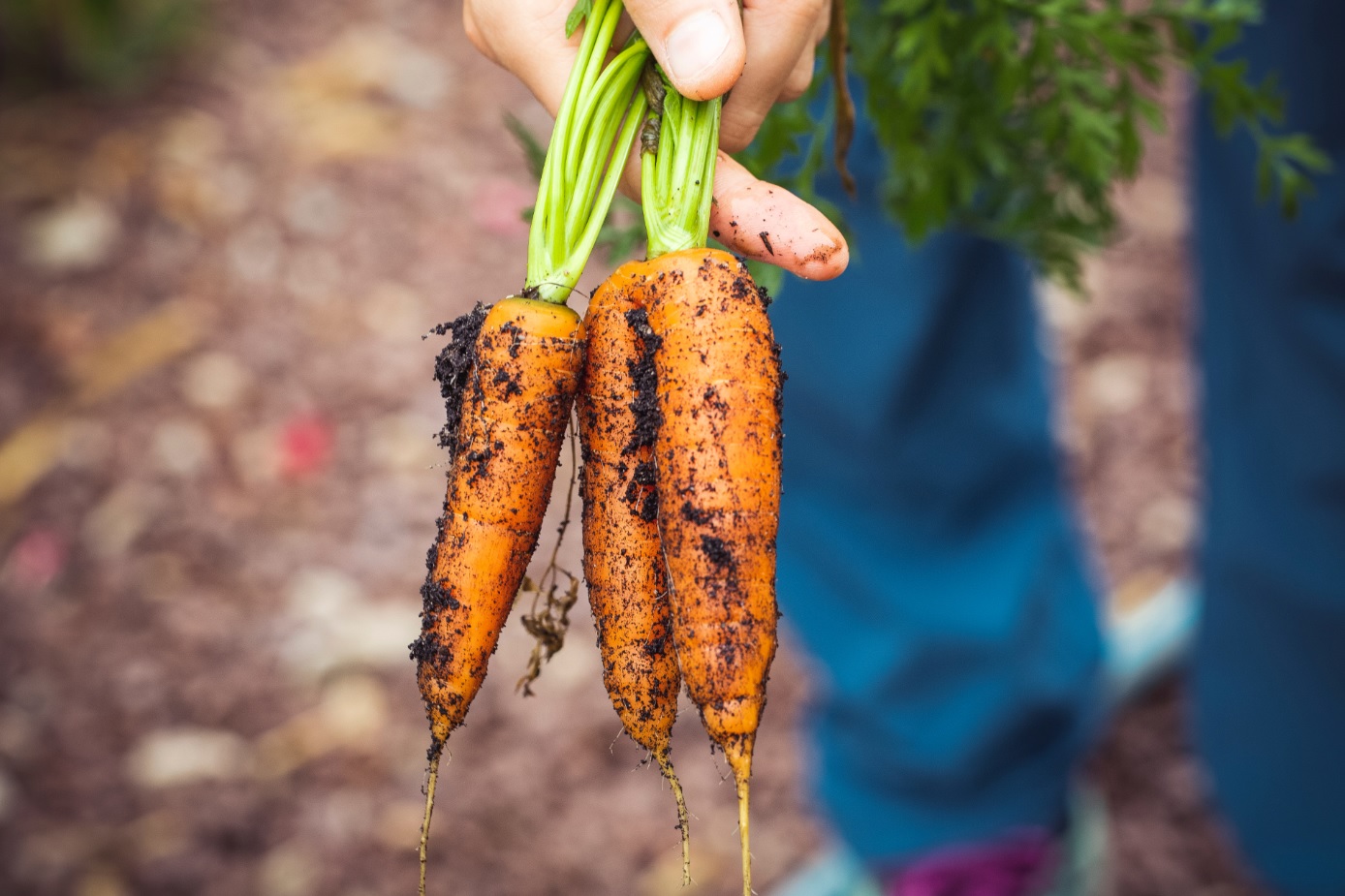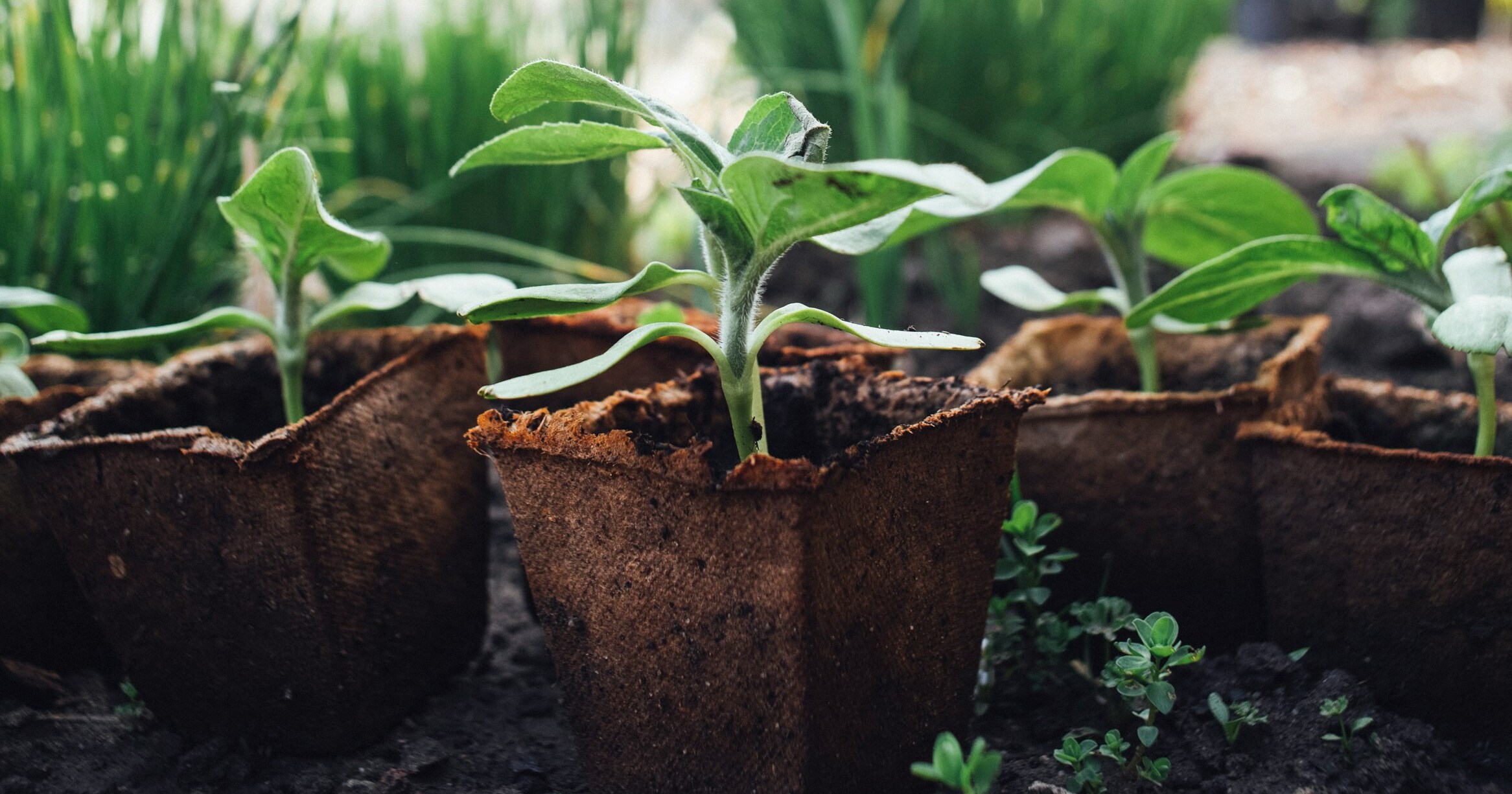Growing heirloom vegetables is a rewarding journey that connects you to the rich history of gardening and offers a taste of flavors that have been cherished for generations. These unique varieties, passed down through families and communities, provide diverse colors, shapes, and tastes that are often superior to modern hybrids. However, cultivating heirlooms can come with its own set of challenges, as they might require more specific care compared to other vegetables.
In this article, I’ll share twelve essential tips to help you grow healthy and productive heirloom vegetables. Whether you’re a seasoned gardener or just starting out, these insights will guide you through the joys and nuances of heirloom gardening. Let’s dive in and explore how to bring these cherished plants to life in your garden!
Start with Quality Seeds

The first step in growing heirloom vegetables is to start with high-quality seeds. Unlike hybrids, heirloom seeds are open-pollinated, meaning they can be saved and replanted year after year while maintaining their unique characteristics. Purchase seeds from reputable suppliers who specialize in heirloom varieties. This ensures that you’re getting true heirloom seeds with reliable germination rates and disease resistance.
One of my favorite sources for heirloom seeds is local seed swaps or heirloom seed catalogs. These sources often provide detailed histories and growing tips for each variety, adding a rich storytelling element to your gardening experience. Starting with quality seeds sets the foundation for a successful heirloom vegetable garden.
Understand Your Growing Zone

Knowing your growing zone is crucial for selecting heirloom varieties that will thrive in your climate. Each heirloom vegetable has its own specific requirements for temperature, sunlight, and growing season length. Consult the USDA Plant Hardiness Zone Map to determine your zone and choose varieties that are well-suited to your region.
For example, if you live in a cooler climate, opt for heirlooms like ‘Brandywine’ tomatoes, which have a shorter growing season. Conversely, in warmer climates, varieties like ‘Cherokee Purple’ tomatoes or ‘Purple Hull’ peas may perform better. Understanding your growing zone helps you make informed decisions about which heirlooms will flourish in your garden.
Prepare Your Soil
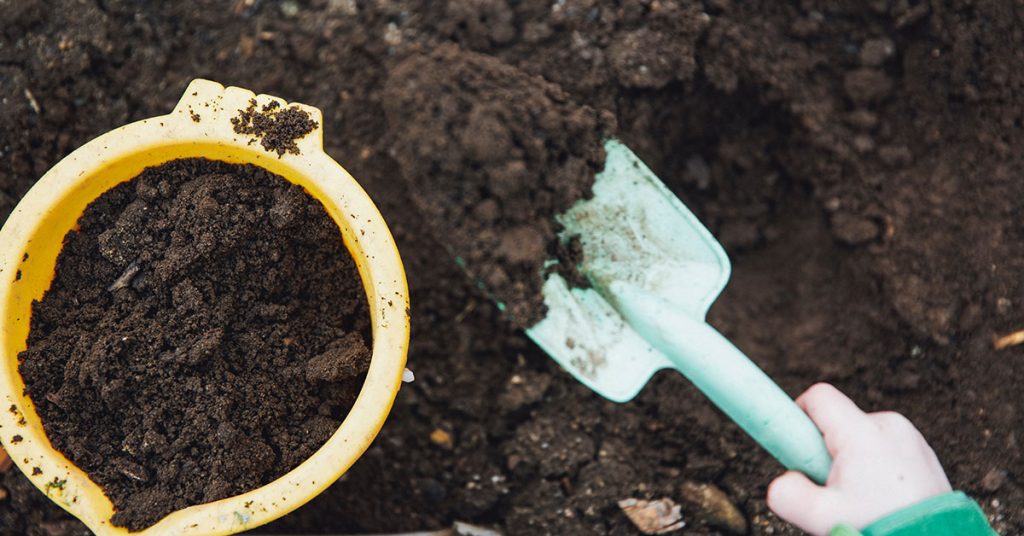
Heirloom vegetables thrive in rich, well-drained soil with plenty of organic matter. Before planting, prepare your garden bed by incorporating compost, aged manure, or other organic amendments to improve soil structure and fertility. Conduct a soil test to determine pH and nutrient levels, adjusting as necessary to create optimal growing conditions.
One of the joys of gardening is working with the soil, and ensuring it is well-prepared can make a significant difference in the health and productivity of your heirloom vegetables. Adding organic matter not only provides essential nutrients but also enhances soil aeration and water retention. A well-prepared soil foundation is key to a thriving heirloom garden.
Practice Crop Rotation

Crop rotation is an essential practice for maintaining soil health and preventing disease and pest buildup. Avoid planting the same family of vegetables in the same spot year after year. Rotate crops on a three- to four-year cycle to disrupt pest and disease cycles and promote soil fertility.
For instance, if you planted heirloom tomatoes in one bed this year, rotate to legumes or leafy greens the next year. This practice helps prevent soil depletion and reduces the risk of soil-borne diseases. Crop rotation is a simple yet effective strategy to keep your heirloom vegetable garden productive and healthy.
Provide Adequate Spacing
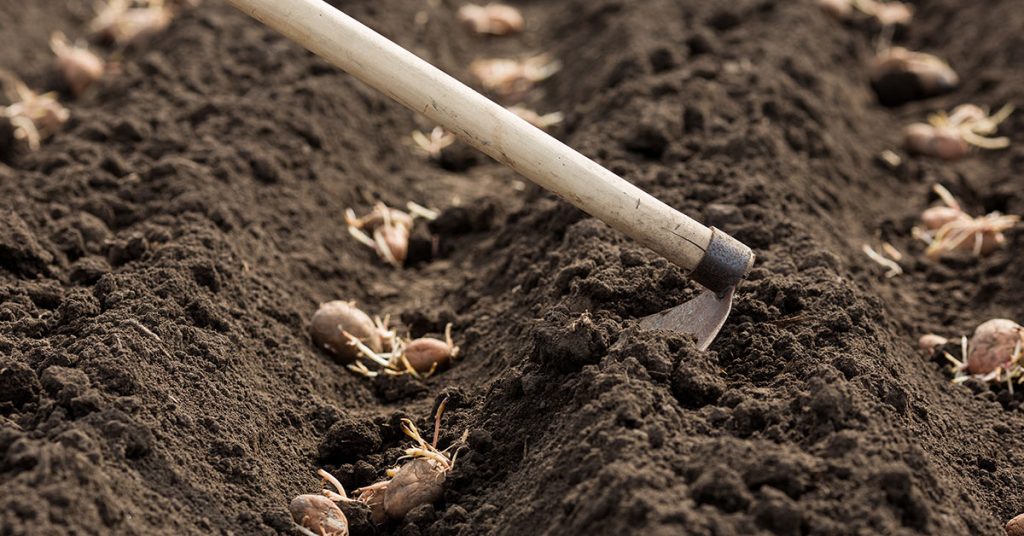
Proper spacing is crucial for heirloom vegetables to ensure they have enough room to grow and receive adequate sunlight and air circulation. Crowded plants are more susceptible to diseases and pest infestations. Follow the recommended spacing guidelines for each heirloom variety, which can usually be found on the seed packet or in gardening guides.
For example, heirloom tomatoes typically require about 18-24 inches between plants, while bush beans need about 6 inches. Adequate spacing allows for better light penetration and reduces humidity around the plants, minimizing disease risk. Giving your heirloom vegetables the space they need helps them reach their full potential.
Water Wisely
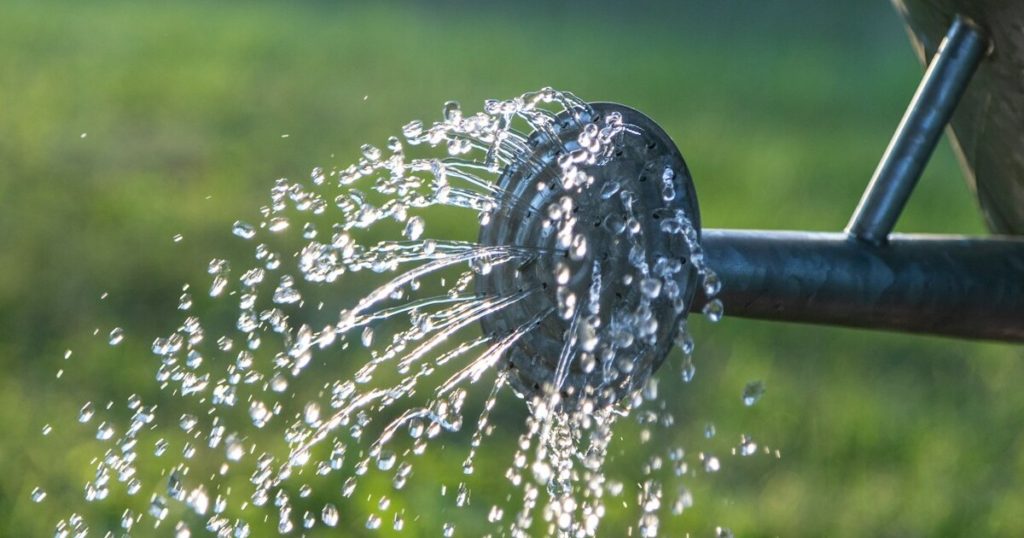
Consistent and appropriate watering is key to growing healthy heirloom vegetables. Most heirlooms prefer deep, infrequent watering rather than shallow, frequent watering. Water your plants early in the morning to reduce evaporation and allow foliage to dry before nightfall, which helps prevent fungal diseases.
Using a drip irrigation system or soaker hoses can help deliver water directly to the soil, minimizing water loss and keeping foliage dry. Mulching around your plants can also help retain soil moisture and regulate soil temperature. Proper watering practices ensure your heirloom vegetables receive the hydration they need without the risk of overwatering.
Support Your Plants

Many heirloom vegetables, especially vining and tall-growing varieties, benefit from support structures like stakes, cages, or trellises. Supporting your plants helps prevent damage from wind and heavy fruit, improves air circulation, and makes harvesting easier. For example, heirloom tomatoes and pole beans thrive with sturdy stakes or trellises.
Installing support structures at planting time helps avoid disturbing the roots later. Use soft ties or cloth strips to secure the plants to the supports, ensuring they are not too tight. Proper support keeps your heirloom vegetables upright, healthy, and productive.
Control Weeds Naturally
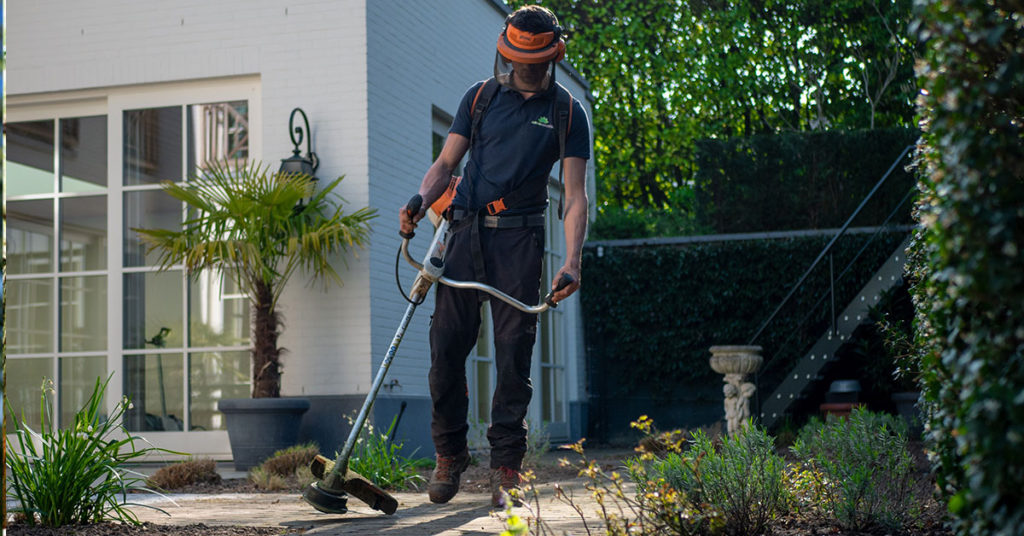
Weeds compete with your heirloom vegetables for nutrients, water, and sunlight. Keeping your garden weed-free is essential for healthy plant growth. Use natural weed control methods such as mulching, hand weeding, and using cover crops. Mulching with organic materials like straw or wood chips helps suppress weeds and adds organic matter to the soil as it breaks down.
Regularly inspect your garden and remove weeds by hand to prevent them from spreading. Consider using cover crops during the off-season to smother weeds and improve soil health. Natural weed control methods keep your heirloom vegetable garden thriving without the need for harmful chemicals.
Monitor for Pests

Heirloom vegetables can be more susceptible to pests due to their lack of modern disease resistance. Regularly inspect your plants for signs of pest activity, such as holes in leaves, discolored foliage, or damaged fruit. Early detection allows you to manage infestations before they become severe.
Use organic pest control methods such as introducing beneficial insects, like ladybugs and lacewings, which prey on common garden pests. Companion planting with herbs and flowers that repel pests can also be effective. By staying vigilant and using eco-friendly pest control strategies, you can protect your heirloom vegetables from damage.
Save Seeds for the Next Season
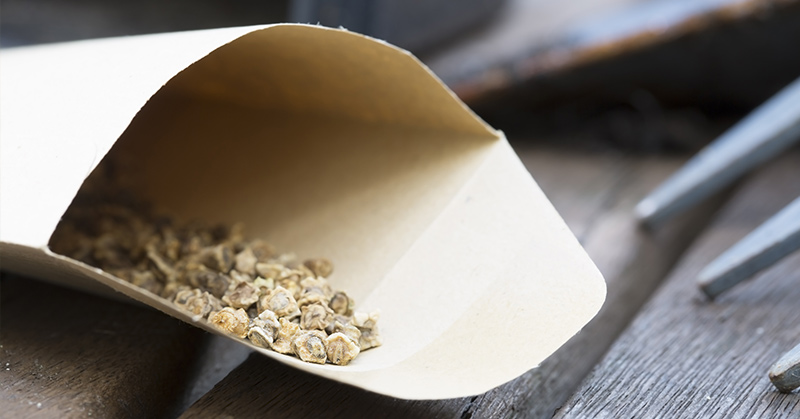
One of the greatest advantages of growing heirloom vegetables is the ability to save seeds for future planting. Saving seeds allows you to preserve unique varieties and maintain a sustainable garden. Choose the best, healthiest plants for seed saving to ensure high-quality seeds.
Harvest seeds from fully mature fruits and allow them to dry thoroughly before storing. Store seeds in a cool, dry place in labeled envelopes or containers. Saving seeds from your heirloom vegetables not only perpetuates these treasured varieties but also connects you to a long tradition of gardening.
Practice Companion Planting
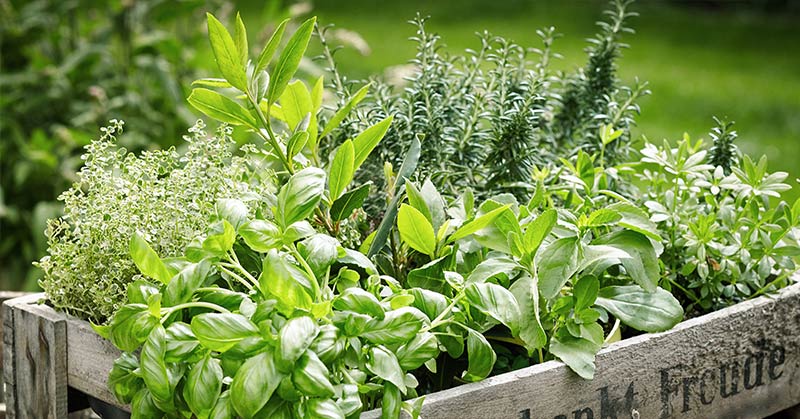
Companion planting is a powerful technique for enhancing the growth and health of heirloom vegetables. Some plants benefit each other by repelling pests, improving soil fertility, or providing shade. For example, planting basil near heirloom tomatoes can improve flavor and deter pests like aphids and whiteflies.
Consider planting marigolds around the garden to repel nematodes and attract beneficial insects. Beans and peas fix nitrogen in the soil, benefiting heavy feeders like corn and squash. By strategically planting compatible species together, you can create a more balanced and productive garden ecosystem.
Harvest at the Right Time
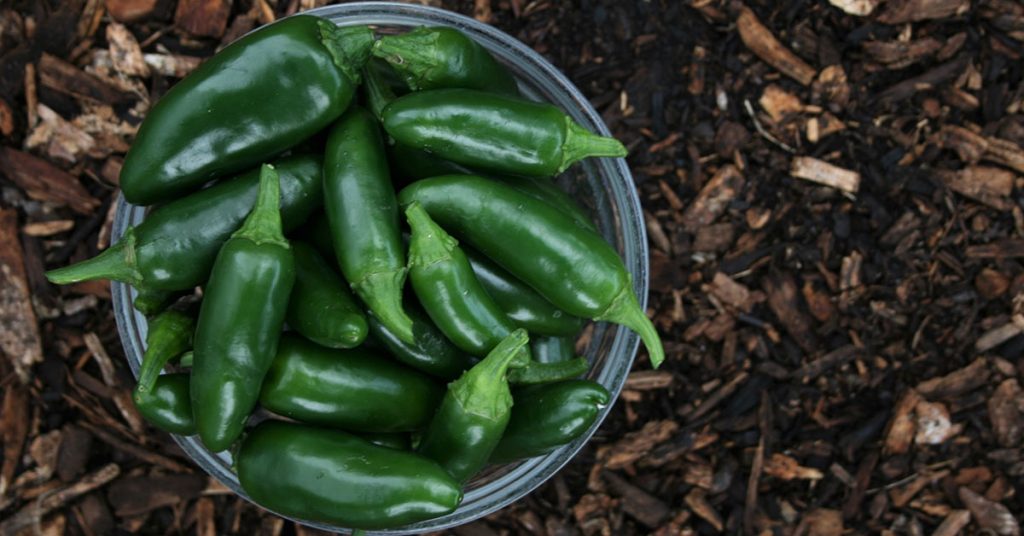
Harvesting heirloom vegetables at their peak ensures the best flavor and quality. Each variety has its own indicators for readiness. For example, heirloom tomatoes should be harvested when fully colored and slightly soft to the touch, while beans should be picked when they are firm and snap easily.
Regularly check your garden for ripe produce and harvest promptly to encourage continuous production. Use clean, sharp tools to avoid damaging the plants. Proper harvesting techniques help you enjoy the full taste and nutritional benefits of your heirloom vegetables and keep your garden producing throughout the season.
